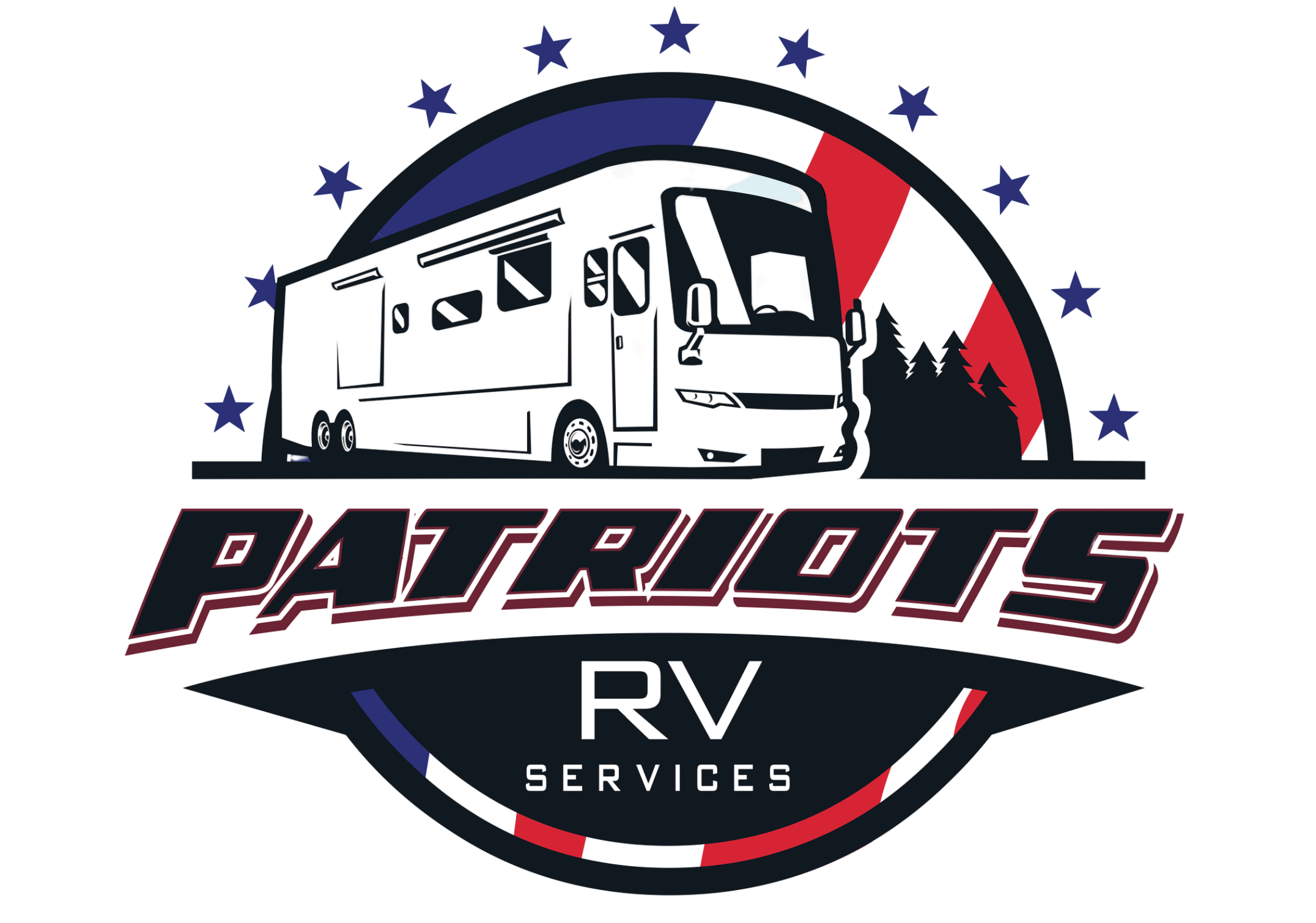How to Paint RV Walls: Tips for a Smooth and Durable Finish

Getting a smooth, long-lasting paint job on your RV walls isn’t rocket science, but it does require some prep work. Whether you’re doing it yourself or working with a top RV body shop, the process starts with a good cleaning, filling any dents or holes, and sanding the surface smooth. You’ll want to use quality acrylic latex paint—it holds up well and resists mold. Take your time with the application, using good brushes or rollers, and don’t try to rush through the coats. Each layer needs proper drying time, and the curing process is just as important for long-term durability. Once it’s done, keep it looking great with regular cleaning and stay away from harsh chemicals. The secret is really just being thorough and patient—that’s what makes the difference between an okay job and one that looks professional.
Surface Preparation
Before diving into painting your RV walls, it is crucial to make certain that the surface is properly prepped to achieve a smooth and long-lasting finish. Begin by thoroughly cleaning the walls with a mild detergent to remove any dirt, grease, or other contaminants that could affect the paint adhesion. Inspect the surface for any cracks, holes, or imperfections, and fill them with an appropriate filler compound. Sand the walls gently to create a smooth and even surface for the paint to adhere to. After sanding, wipe down the walls with a tack cloth to remove any dust particles. Finally, apply a primer suitable for the surface material to guarantee proper paint adhesion and durability. Proper surface preparation is the key to a professional-looking paint job on your RV walls.
Choosing the Right Paint
To secure a successful painting project for your RV walls, it is crucial to carefully choose the appropriate type of paint that will adhere well and withstand the rigors of traveling on the road. When selecting paint for your RV, opt for a high-quality acrylic latex paint that is specifically formulated for exterior surfaces. Look for paints that offer durability, flexibility, and resistance to cracking, peeling, and fading. Moreover, consider paints with mold and mildew resistance properties to combat potential moisture issues inside the RV. Make sure the paint is easy to clean and maintain, as this will be advantageous for the longevity of the finish. Investing in the right paint from the beginning will result in a professional-looking and long-lasting RV wall paint job.
Proper Application Techniques
Let’s explore the essential steps for applying paint to your RV walls effectively to achieve a professional and durable finish. Begin by preparing the surface through cleaning and sanding to make sure proper adhesion. Use high-quality brushes or rollers to apply the paint evenly, starting from the top and working your way down. Apply thin, smooth coats, allowing each layer to dry completely before adding the next. Be mindful of drips and runs, gently smoothing them out as you work. Maintain a consistent technique and pressure throughout to avoid streaks or uneven coverage. Remember, patience is key – rushing the process can lead to a subpar outcome. By following these proper application techniques, you’ll be on your way to a beautifully painted RV interior.
Drying and Curing Time
Ensuring proper drying and curing times is vital to achieving a long-lasting and flawless finish when painting the walls of your RV. After applying the paint following the correct techniques, it’s important to allow sufficient time for it to dry before moving on to the curing stage. Typically, drying times can vary based on factors like paint type, temperature, and humidity levels. It’s recommended to let the paint dry completely as per the manufacturer’s instructions before proceeding with the curing process. Curing is the final stage where the paint fully hardens and reaches its maximum durability. This step is pivotal for the longevity of the paint job and ensuring it can withstand the rigors of RV life. Patience during drying and curing will pay off with a beautifully painted RV interior.
Maintenance and Care
Once the walls of your RV have been painted and properly cured, maintaining and caring for the painted surfaces is key to preserving the finish and ensuring its longevity. To keep your RV walls looking pristine, regularly perform RV washing and detailing using a mild soap and water solution to remove dust, dirt, and grime. Avoid using harsh chemicals or abrasive cleaners that could damage the paint. Inspect the walls periodically for any signs of wear or peeling, and address any Vroom Slide System problems promptly to prevent further damage. Moreover, consider applying a protective wax or sealant to provide an extra layer of defense against UV rays and environmental factors. By following these maintenance tips, you can enjoy a smooth and durable finish on your RV walls for years to come.

